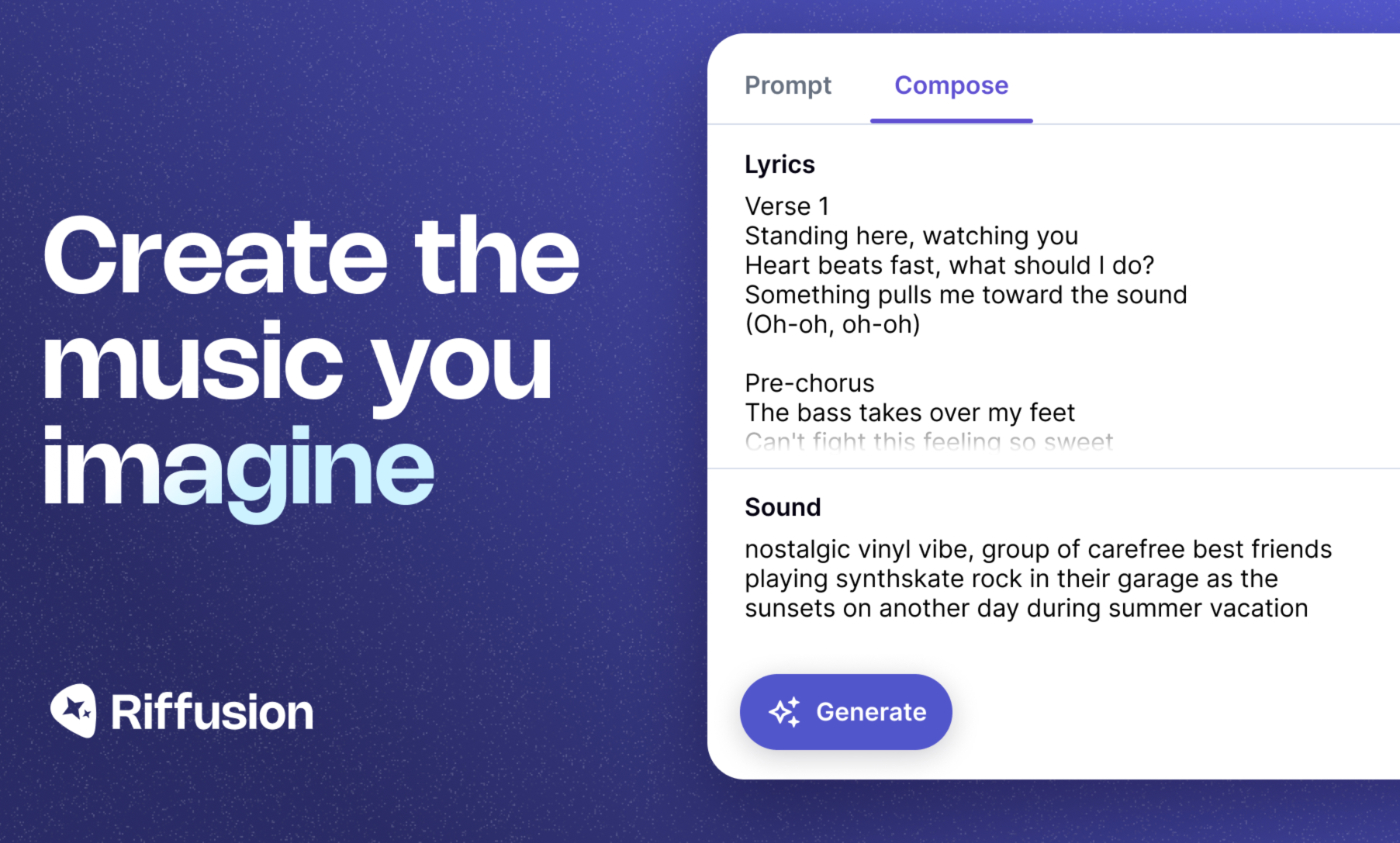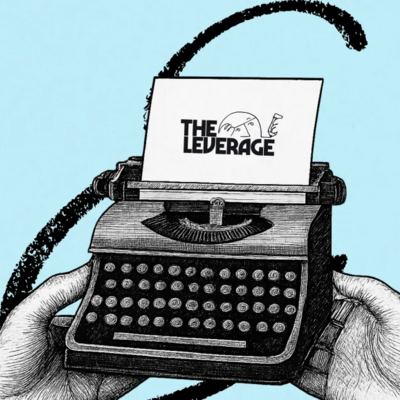
Was this newsletter forwarded to you? Sign up to get it in your inbox.
Over the last few years, I’ve frequently wished for dumber colleagues. Each of my fellow laborers on the S.S. Every is a kind, intelligent spirit, devoted to their craft. They work incredibly hard.
But wouldn’t it be better if it didn’t take a team of exclusively smart people to keep the ship afloat? Every is successful, but it's taken us working hard every single day for years to make it happen. Where I should probably want to work is Warren Buffet’s description of an investable business, one “that can be run by a ham sandwich.”
A good business has long-term defensible assets, generous profit margins, unique distribution, and, most importantly, a sense that it controls its own density. And, unfortunately, media usually has none of those things.
Internet platforms like Google and Facebook act as intermediaries between publishers and audiences, forcing media companies to constantly pivot their product on the whims of the platforms’ algorithms. Many wonderful media outfits flourished during the internet age, but most of the value that once upon a time might’ve gone to them has instead accrued to companies that aggregate consumer attention.
My colleagues have to be smart because otherwise we would get steamrolled by our market’s competitive dynamics. We have to be the best just to survive. Operationally, this means there is always the go-to media playbook: an established set of strategies and actions that are rewarded until the next technological shift. Sometimes they last a minute (like a popular meme format), sometimes for years (like the current podcast wave), but media companies live or die on the timing and speed with which they utilize trends.
In the runup to Covid, and certainly ever since, you could summarize the meta with one word: email. Email is the one distribution pipeline that isn’t owned by some mega-corporation. It gave publishers a direct method by which to communicate with users. Publishers mostly controlled the experience that readers had and knew that if they sent something, everyone on their email list would receive it. I was one of the first few employees at Substack, the platform that helped kickstart the email newsletter revolution, and I witnessed firsthand how many people were using email to build incredible businesses. The trend was so compelling that I quit my cushy tech job and became one of those people building a newsletter company. By 2025, that had led to a flourishing of niche media publications devoted to specialized topics, and new outfits like The Free Press raising a $15 million round of funding at a $100 million valuation. Just this week, Substack announced it had 5 million paid subscriptions on its platform.
However, in multiple private conversations with CEOs who run email-centered media companies over the last few months, I have heard the same thing—the era of newsletters is ending, and the media meta is shifting. The problem (and the opportunity) is AI.
Thanks to our sponsor: Riffusion
Music, how you want it
Make music—for a run, an ad campaign, or a party—that sounds exactly how you want it, for free. Riffusion uses AI to generate music catered exactly to you, learning from your choices over time and giving you control over what influences your songs.
They’re rolling out new features constantly. The latest? “Projects.” Which gives you new ways to organize your music—keeping you productive and efficient through the entire creative process.
Content to zero
There are four big simultaneous changes happening:
AI reduces content costs
Existing publishers can “flood the zone” and create exponentially more content for their existing readers. Beyond that, content can be customized to the reader's exact taste. Just as publishers A/B test headlines, they will soon test updating copy to match an individual’s preferences, either via email or other web formats. I know startup founders who are sending tens of thousands of “personalized” sales emails a month, where an AI rewrites the copy for each person depending on what context is available. Filling an inbox used to require human labor—now it just requires GPUs.
LLMs becoming attention aggregators
Talking to my chatbot is a lot more interesting than social media most days. I love having an incredibly smart “person” to talk with that never tires of my niche interests and queries. In contrast with the previous eras of aggregators like YouTube, whose primary purpose was entertainment disguised as information, AI platforms act as information-first websites. They are distinct substitutes for many of the things readers currently value about a newsletter.
While email is a neutral platform, inbox management software is not
Gmail, Superhuman, and other inbox management software (like our own software Cora) act as gatekeepers for publishers. Previously they mostly sorted emails into the appropriate folders, but AI enhances their capabilities. They can read newsletters and summarize the essays into three big takeaways. This is probably great for the user, and terrible for the maker of that newsletter who wants you clicking on ads. Open rates and clicks—key metrics that advertisers care about—will begin to plummet as AI gains more power over answering your emails. Oh, and by the way, those same email platforms are helping users write emails with AI, meaning that your email volume will go up, too.
ChatGPT alters “the deal” between search engines and publishers by sending dramatically less traffic
Historically, search engines indexed online content and redistributed traffic to publishers via search results, creating a symbiotic relationship: Publishers provided quality content, and search engines funneled users back to their websites. AI-driven tools like ChatGPT disrupt this balance by fulfilling user queries directly within the platform itself, bypassing the need to click through to external sites. No more 10 blue links—just a one-paragraph answer with a subtle hyperlink for you to click on if you are curious about the source. Having spent hundreds of hours with them, they usually just mirror Google results, but only draw from the top 1-3 sources, dramatically impacting the long tail of search results. With ChatGPT, my traditional search engine use has dropped by 80-90 percent. In some cases, some websites are seeing user traffic bump, but the assumptions of a previous era are totally bunk. No one really knows how these AI firms are selecting options, and it is the wild west out there.
Put all this together, and it feels obvious to me that newsletters as the all-encompassing strategy is ending. Email is no longer the panacea that it once was, and generic publishers will struggle.
The opportunity
I'm as guilty as anyone of fetishizing the written word. My career, my reputation, and my rent payment are all dependent on readers choosing text over TikTok. But we need to face an uncomfortable truth: The golden era of newsletters wasn't about email per se—it was about creators finding a direct way to appeal to their fans. Some operators used newsletters to build relationships, strong brands, and a unique perspective. Others just tried to grow really fast and write whatever content was the most performative. The first group will be fine, the latter will not.
Relationships neatly translate to voice and video. They are harder to fake with AI and able to tap into growth networks like YouTube. Substack also knows it. The company has started integrating video and podcasts into its platform, not out of desperation, but from strategic necessity. Because as AI commoditizes written content, video and voice stand firm as bastions of human charisma—things that machines still can't convincingly fake. (Yet.) For example, Tara Palmieri recently left newsletter and creator-first publication Puck for YouTube. And Puck is doing well!
The future of media looks like incredibly prolific creators who build strong parasocial relationships while using AI tools to create as much content as what entire teams used to do. It is newsletters and podcasts and whatever the hell comes next.
Publishers are still going to need to do everything they can to avoid platforms from getting between them and their audiences. Crucially, though, they’ll require less and less staff. Writers using AI models today can publish enough content for an article or two a day. In a GPT generation or two from now, a truly prolific creative will require a staff of zero to replicate the volume of a mainstream publisher. However, because LLMs will diminish ad performance and attention spans, publishers will require more volume to survive. The few that won’t worry about that will have a very high price point offering, something like courses or venture capital investing products that allow you to get more revenue from existing audiences.
The publishers at the very forefront will realize that software is content. Building and maintaining software products is much cheaper and easier than it used to be. An early version of this model is the New York Times, whose games section accounts for more time spent than its articles. Going forward, it will be publications like Every that are able to simultaneously sustain three separate SaaS products, a consulting business, and a course business all with just 10 people on staff. When writing code and writing prose cost the same amount (effectively zero), the whole world changes.
Eventually all media operators will figure this out, and every content offering will bundle cheap software. However, in the meantime, the new media strategy is AI-empowered creators as the face of the brand, with relatively few staff building out bundled product offerings. Email moves from the strategy to just another tool. The future is owning relationships with audiences—and serving as many of their media and software needs as possible. In short, the future looks a lot like Every.
Evan Armstrong is the lead writer for Every, where he writes the Napkin Math column. You can follow him on X at @itsurboyevan and on LinkedIn, and Every on X at @every and on LinkedIn.
We build AI tools for readers like you. Automate repeat writing with Spiral. Organize files automatically with Sparkle. Write something great with Lex. Deliver yourself from email with Cora.
We also do AI training, adoption, and innovation for companies. Work with us to bring AI into your organization.
Get paid for sharing Every with your friends. Join our referral program.
The Only Subscription
You Need to
Stay at the
Edge of AI
The essential toolkit for those shaping the future
"This might be the best value you
can get from an AI subscription."
- Jay S.
Join 100,000+ leaders, builders, and innovators

Email address
Already have an account? Sign in
What is included in a subscription?
Daily insights from AI pioneers + early access to powerful AI tools










Comments
Don't have an account? Sign up!
What about the fact the amount of time people have to spend reading newsletters, or consuming content more broadly, is finite. You (the sector) can flood the zone all you want, you (the sector) can even increase the quality tenfold, 100 fold. But I still only have x amount of hours a day I can spend reading newsletters or consuming podcasts.